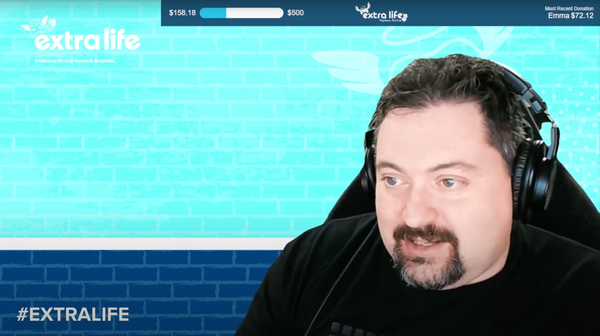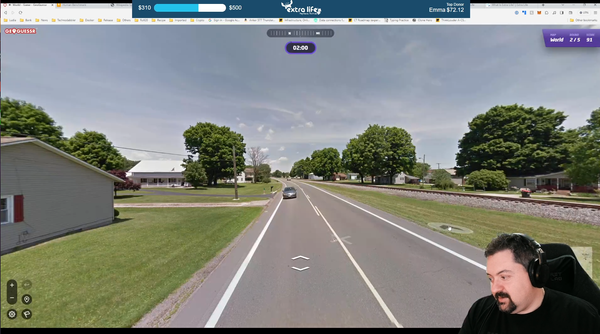The Helium LoRoWan Network : Success or Failure?
The Helium Network is a decentralized wireless system for low-bandwidth IoT devices, offering a cheaper alternative to cellular networks. It has received wide-spread adoption, but is it economically viable?

The Helium Network is a decentralized wireless network designed to provide lnternet connectivity to low-bandwidth (IOT) devices an alternative to costly cellular network. The project leverages block-chain technology to sell bandwidth to device operators and to pay antenna operators. Many have called this project a success, with over xxx wireless antenna in operation and crypto-currency economy valued over USD 190M. However, critics of the projects will quickly point out the lack of major clients for the network or the fact that operating an antenna is not economically viable for most.
In this article, lets take a look at what the helium network, what is it history, what makes it a success and what makes it a failure, and why a healthy dose of skepticism might be in order.
What is the Helium Network?
The Helium network was founded in 2013 by Helium Systems Inc., a private company based out of San Francisco. The network leverages LoRoWan technology to provide wireless network connectivity over a long range. In perfect conditions, LoRoWan can transmit up to 50kb/sec per channel at a distance of up to 10 km.
The network itself is composed of individuals operating LoRoWan access point, also known as miners, that provide long-range wireless connectivity to the Internet. Populated urban areas will typically have more miners, thus provide better coverage. The network's economy is powered by a distributed crypto-currency economy where clients can purchase data credits to transmit data on the network with HNT coins and miner operators are paid either IOT coins for operating access points and sharing some their Internet bandwidth. Both of these tokens are derived from the Solana network and can be stored in a Helium crypto wallet. Those tokens can then be purchase or sold on some crypto currency exchange.

The network operates over the concept of proof of coverage (POC), where miners will communicate with each other as to prove their location and their availability. This ensures the reliability of the network, as miners keep each other accountable. A miner proves their location by broadcasting a challenge beacon at a regular interval. Nearby nodes can witness this challenge and report it to an Oracle, one of several powerful computer tasked with guarding the integrity of the network. Given that a wireless signal degrades linearly as it travels, the several witness information cause be used to triangulate and validate the location of the challenge. All participating witnesses then share a common prize of IOT tokens. This strategy scales rewards in populated areas, as many nodes are able to witness each challenges.
In 2022, Helium System Inc launched Helium 5G, a cellular network operating on similar concepts of their original LoRoWan network. This is a different network, available only in the United States and leverages different technology.
What are Helium Miners?
Helium miners are small low-power computers with specialised LoRoWan hardware. These computers connect to both the LoRoWan wireless network and the Internet, allowing traffic to flow in between. When setup, miners are typically bound to the wallet of their owner. Any earned currency will be deposited into this particular wallet. As such, care must be taken when purchasing a second-hand miner, given that stolen miners will still be bound to their owner and cannot be re-assigned.

Miners are produced by various companies, including Bobber, Nebra, etc. In the early days of the network, the miners were expensive as they acted both as access points and the oracles, validating witness challenges. Fulfilment of these orders would often take months, with many waiting from 6 months to a year for their miners. In 2021, the network converted to lite miners, moving the validation work to external servers. This allowed for simpler and less expensive miners to be produced. However, following the crypto bear market, it is much more difficult to profit from operating a miner, leading many to sell their miner on the second hand market.
How do you operate a miner?
Properly operating a miner is determined by three factors: location, positioning and equipment.
The Helium Network is designed to operate as a certain density. Miners located too close to each other (within 300m) will sometimes operate at a diminishing return. The first tool to determine the density of a location is Helium Explorer. This shows the map divided in hexagon zone, and the number of miners found in that zone. The greater the number of miners, the lower the return. Clicking on a particular hotspot redirects to Hotspotty, a 3rd party application that displays a detailed breakdowns of the rewards that the hotspot is earning and information about its recent activity, such as challenges, witnesses, and data credits. Ideally, there should be no more than one miner per hexagon.

Ideally, miners should be install outdoors, with as little obstacles around and as high as possible. This is why rooftop installations are very popular among the community: they offer high connectivity with little obstacle and a high rate of return, especially in the suburbs. The miner can also be installed indoors, although this greatly decreases the amount of other device it can reach, and thus earns less. The miner should, as the very least, be placed near a window.

The final consideration is the equipment used for the installation. There are many possible vendors, so a bit of research might be required. The other consideration is the antenna. Although many miners will come with a stock antenna, many miners will only reach their true potential with the proper antenna. Choosing an antenna will greatly depend on your location, which will determine what strength of broadcast signal (gain) you wish to have. A weak signal cannot reach many devices, but a strong signal can overshot its neighbors.
- Low Gain Antennas (1-3 dBi): Suitable for areas with many nearby hotspots or in urban environments with many buildings.
- Medium Gain Antennas (3-6 dBi): These are a middle-ground choice suitable for various environments. They offer a balanced range and elevation in their signal.
- High Gain Antennas (8+ dBi): Best for rural areas where hotspots are spread far apart.
The helium reddit will often host discussions on antennas and is a good place to start. Since the antenna is installed high, it will need to be grounded. The last consideration will be mounting hardware and cabling, depending on where the antenna is installed in relation to the miner itself. Miners with Wifi offer greater flexibility in installation, but miners with an Ethernet connection to your network will offer greater reliability.
Is it worth it?
The worth of owning a miner and participating in the Helium network depends on personal goals. Contributing to a global distributed network might have a certain appeal to some. However, those seeking financial gains should avoid the Helium Network for now. At the time of writing, there are very few participant earning enough to even cover the cost of purchasing their miner. With so many miners deployed on the network and little usage, the time of high return rates has passed. Its particularly concerning so see that no major corporation or product is using the network, especially given the allegation that the Helium Systems might have mislead customers about possible partnership. As such, until the network can demonstrate a profitable use, it is probably not worth purchasing a miner and adding to the network.




